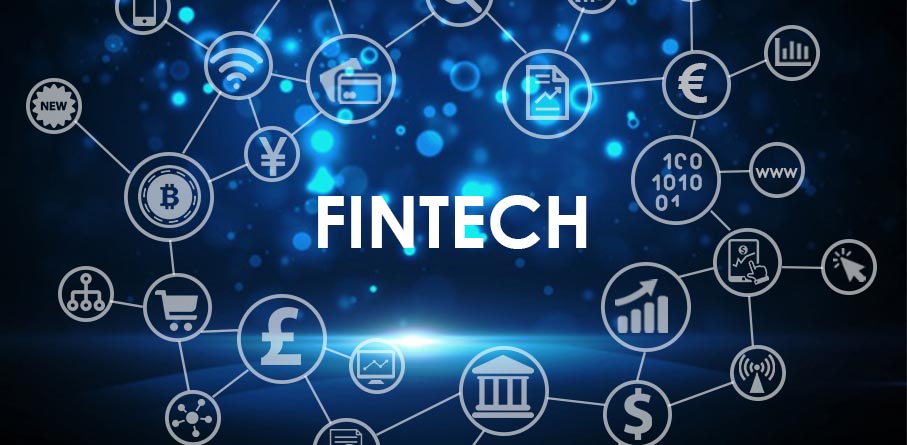What are Fintechs and how do they affect the consumers of financial products and services? Although the term has become popular in recent years, it originated two decades ago, when new Internet-based payment systems started to emerge. For example, Paypal, founded in 1998, has been considered as one of the first Fintechs.
-
What are Fintechs?
Fintech is a neologism combining the words ‘Finance’ and ‘Technology’. It is generally defined as the business activity of companies (start-ups) which directly or indirectly make financial services more efficient and/or cheaper through Information and Communication Technologies (ICT). Fintech companies, which tend to be start-ups, are business players which combine ICT with Finance.
It is estimated that this sector currently turns over around 20 billion dollars worldwide. According to the report Fintech, innovation at the service of the client by the Funcas-KPMG Financial Digitalisation Observatory, there are more than 15,000 financial technology companies around the world, with the USA and the United Kingdom leading the way. Spain is the 6th country in the world in numbers of Fintechs, with a total of 300 companies, 3,500 workers, and a turnover of 100 million euros.
Fintechs can be divided into 6 groups depending on the type of activity that they are involved with, either directly or indirectly:
- Crowdfunding or collective financing: through Internet platforms where people seeking credit to finance projects can meet investors hoping to profit from them. In 2015, the global crowdfunding market amounted to 145,000 million dollars, having grown 267% over the previous year, according to the Bank of Mexico (Banxico).
- Crowdlending or money loans allocated to projects or people, which must be returned by an agreed date and at the agreed interest rate, regardless of the success of the project. For this channel, as with traditional banking, it is usually necessary to have proven successful experience or some type of guarantee. LoanBook, the leader on the Spanish market, provides us with details of its typical client: a company with more than 20 years of experience, turnover of 2 million euros, with a 100,000 euro loan to be repaid in 1 year, with complementary financing in force via traditional banking.
- Currency exchange: The “players” create a marketplace in which companies in the real economy can exchange currencies without financial intermediaries, bringing transparency and efficiency to a traditionally opaque and oligopolistic market.
- Payment methods: Technology designed to serve the ideal means of payment (universal, secure, simple, cheap, and with a good user experience). The future of this activity involves “wallets” which allow virtual payments to be made, originating on the internet, and now being designed for smartphones. The companies with the most advantage in this field are the so-called “GAFA” (Google, Amazon, Facebook and Apple), which focus more on improving the user experience than on creating new payment systems.
- Virtual currencies: In March 2015, the European Central Bank estimated that there were around 500 virtual currencies. Although they cannot be defined exactly as money, as they are not issued by institutions, some governments are already considering launching virtual currencies. One of the earliest adopters is Ecuador, which has already launched its own virtual currency, known as “SDE” (the Electronic Money System). This currency facilitates electronic payment in a society with few bank customers (40%) but almost universal mobile phone ownership (90%). The Swedish government has also announced the imminent creation of the “e-crown” as a supplement to its currency. Most virtual currencies are modelled on Bitcoin, which allows P2P (peer-to-peer) processing of all types of transactions anywhere in the world, without the need for a monetary authority to regulate issue. The accounting is done by “miners”, who lend their computing power, registering and verifying blocks (sets of operations) to add to open source software known as Blockchain, which acts as an accounting book. In 2015, there were already 110,000 daily transactions through Bitcoin, according to a report by the PwC and IE Business School.
- Comparators: These provide Fintech tools which let users compare different financial products (current accounts, term deposits, loans, investment funds, or pension plans). Some have an expert advice section where lawyers, insurance professionals and economists respond in greater depth to users’ queries.
-
How do Fintechs affect the consumers of financial products and services?
In the 1980s, the customer or consumer was placed at the top of the financial products and services pyramid, and by the year 2000, they had drifted down to the base of the pyramid. At present, the customer is placed in the centre, as financial companies strive to make their products and services simpler, faster and cheaper. Here the contribution of FinTechs is particularly relevant, especially in organisations that have traditionally tended to be more opaque and inefficient, overcoming the problem of information asymmetry which puts the consumer at a disadvantage (for example, in opaque markets such as currency exchange).
In general, they have provided greater efficiency and better user experiences. They have also contributed to making financial services more inclusive in societies which had suffered from a lack of access to banking, such as Ecuador, as mentioned above. The list of disruptive organisations in the first point of the post suggests that there are multiple advantages for the consumer (rather like the impact of InsurTechs in the insurance sector). Concerns tend to focus on regulation, supervision, compliance and security.
If anyone is still wondering if Fintechs are here to stay, they merely have to think back to February 2015 when Francisco González, chairman of BBVA, predicted at the Mobile World Congress that “in the future, BBVA will be a software company”.


